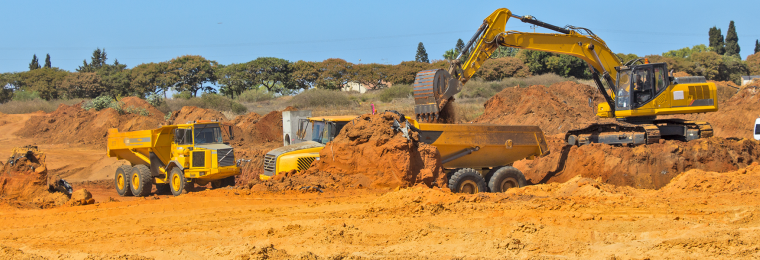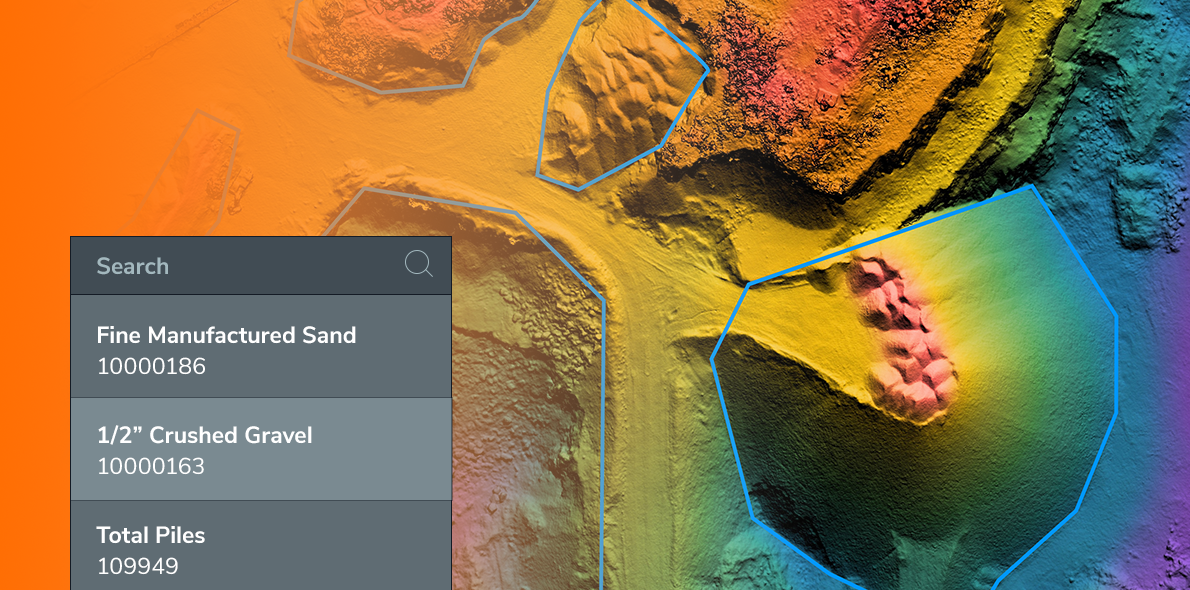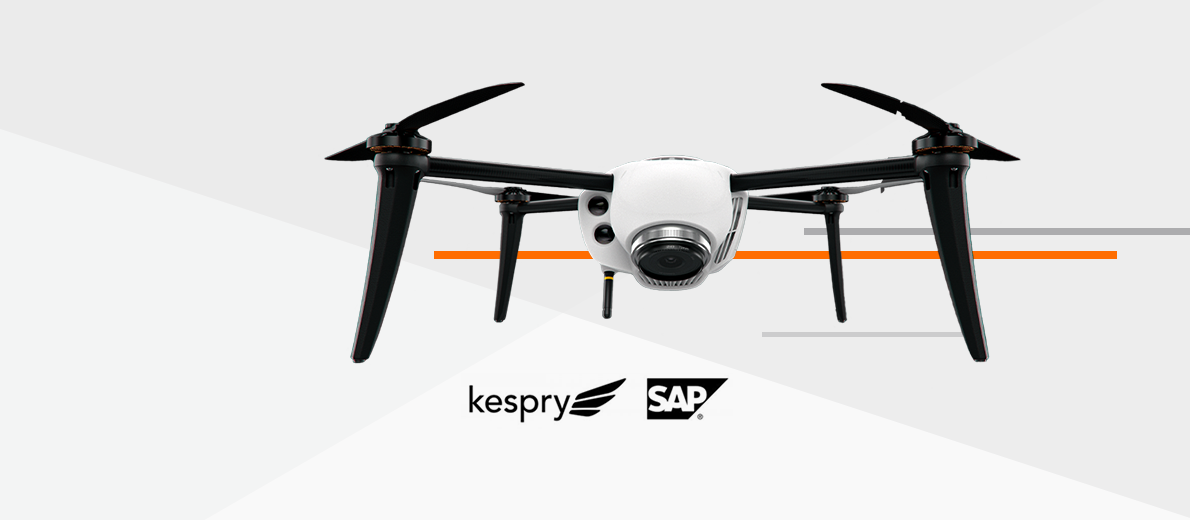Low R&D investment has led to a slow adoption of technology and related process improvements. The result is stagnant productivity and weak levels of digitalization. The good news is, there are massive incentives and a myriad of opportunities for the construction industry to transform productivity, increase worker safety and improve project delivery through new technology and better digitally driven processes. A handful of forward thinking companies are leading the charge. Companies like John Deere that are ushering in a new era of connected heavy machinery which will transform current construction worksites into fully digital and autonomous job floors using data, analytics and automated workflows.
Frequent Survey-Grade Data
Geological surprises, inability to frequently inspect and share data, and un-coordinated project planning are often the most cited reasons for delays and cost overruns. Purpose built industrial drone solutions for construction, such as John Deere’s aerial intelligence provider Kespry, address these challenges seamlessly. Accurate and persistent topographical surveying facilitates frequent communication and improves collaboration between architects and construction crews. Job-site progress is evaluated with consistent and timely surface comparisons using two-dimensional and three-dimensional models built from drone data captured over a series of days to map progress and compare against the plan.
For grading and leveling assessments, job-site managers use heat maps showing the surface changes and use cut and fill maps to measure the difference in material volume. A comprehensive easy-to-use earthworks toolkit available in the cloud can be used to measure the grade of a line, surface area, complete volumetric analysis, point annotations and x-y-z coordinates of any point. The best of these drone data solutions, require very little setup, come fully integrated from end-to-end out of the box, and require no piloting skills or management of SD cards or peripheral devices. They are fully automatic in flight, data transfer to a central cloud-based repository, and in post flight data processing to high resolution photogrammetry. They also support downloading of data in familiar file formats for downstream processing in traditional CAD software and offer ways to easily export finished data in site planning and project management solutions.
Impacts To The Construction Industry
Tomorrow’s construction job-sites will have industrial drones, like those offered by Kespry, autonomously taking off first thing in the morning to perform routine topographical surveys. In less than an hour, the output of the survey is automatically delivered to every smart device on the job-site, to the back-office, and to every crew member who will have an updated work plan for that day. The fully digitized job-site will facilitate real-time communication and collaboration using consistent, reliable and highly accurate surface data. Projects will suffer fewer delays and costly overruns will be greatly reduced or even eliminated. In addition, the back-office will have full visibility into the daily workflows and a trusted view into the daily utilization of assets, equipment and human resources for real-time planning.
This is the future of work for the construction and building industry. New generation technologies are already using machine learning and artificial intelligence to significantly enhance the performance of their forward thinking construction customers in ways that deliver tangible, profitable results. The reward for the organizations bold enough to embrace industrial technology solutions and take on the challenges the industry is facing today are significant. They’ll have a workforce better prepared to realize the human potential in their business. They’ll be able to reduce insurance costs as an increasing number of employee safety and health risks are removed from the workplace. Their team will have better information on which to make the smarter decisions that drive higher performing operations. And they’ll have the competitive advantage of being leaders that shape the path to where the construction industry will be decades from now.
The construction industry may have been slow to transform its practices and processes to meet the pace and expectations of a technologically advanced world, but that doesn’t have to be where the story ends. A construction industry that is built using industrial drones and artificial intelligence isn’t a fanciful idea for the future. It’s here right now, and already proving its value on the jobsite every day.



